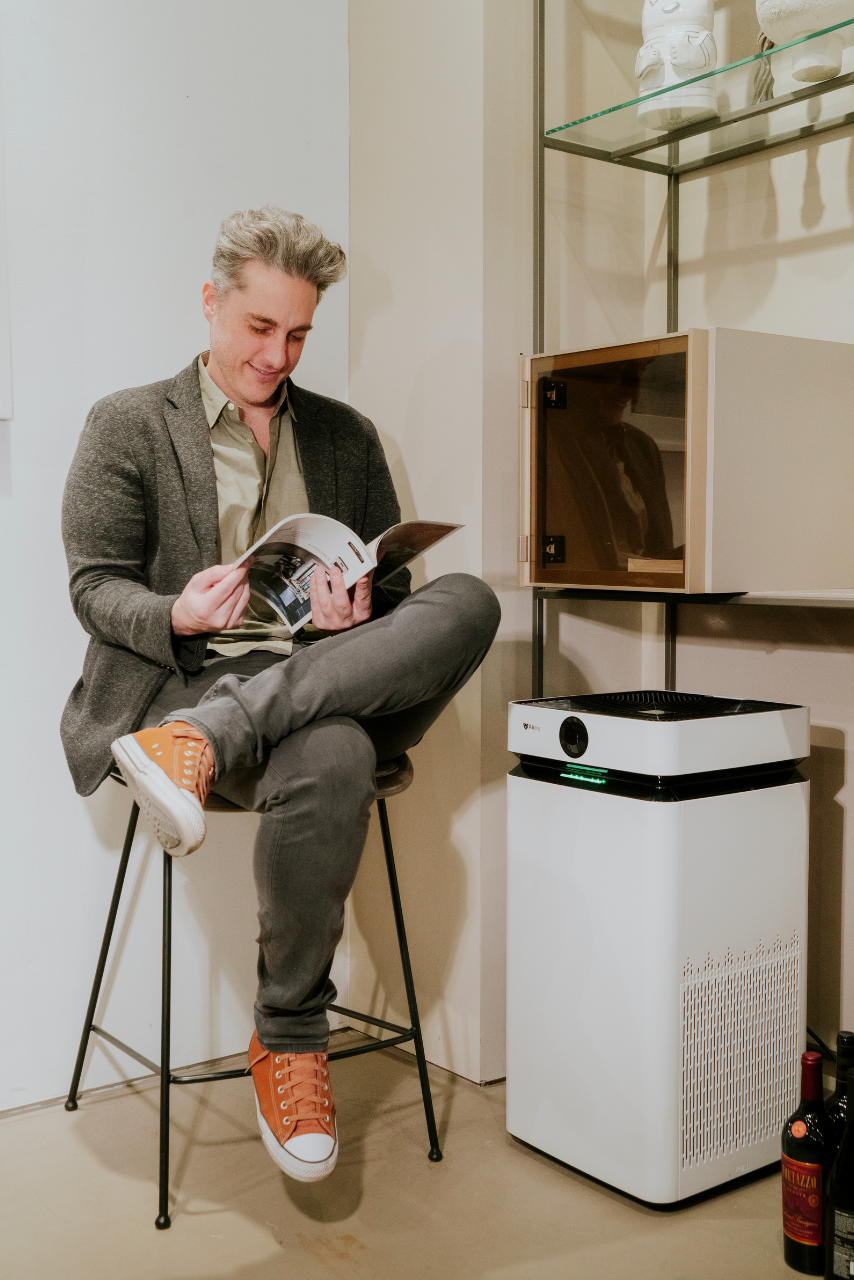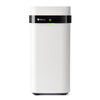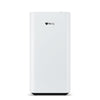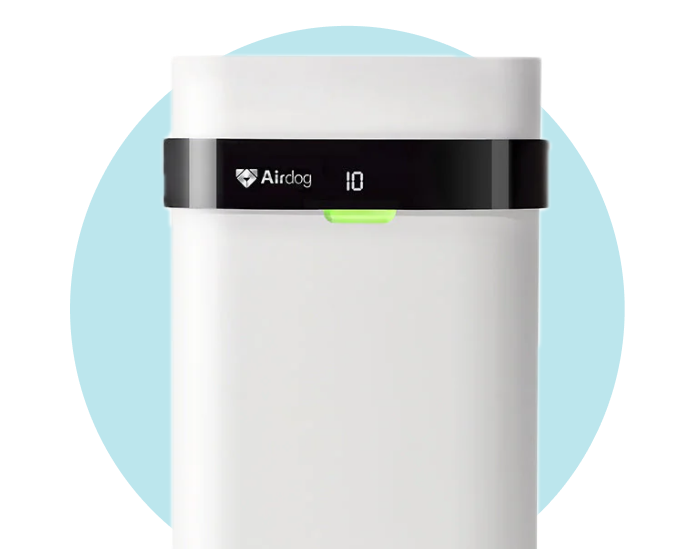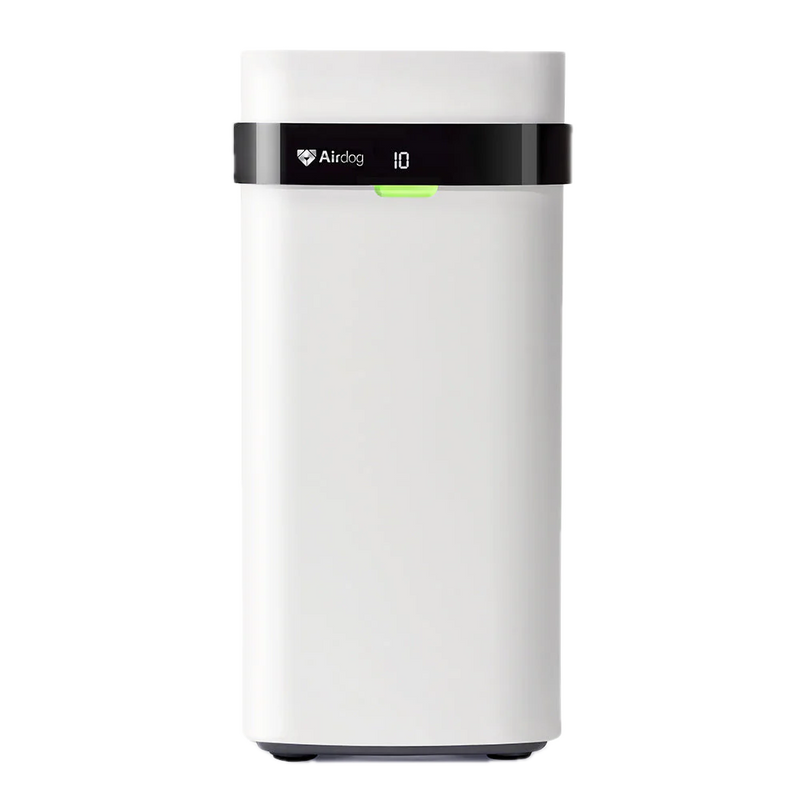Introduction
Did you know that while 3D printing brings innovation and creativity to our fingertips, it also introduces an invisible hazard into our homes and workspaces? The very technology that empowers us to create intricate designs and prototypes—Fused Deposition Modeling (FDM) and Stereolithography (SLA)—can compromise air quality through the emission of particles and volatile organic compounds (VOCs). For enthusiasts and professionals alike, these emissions pose a serious health risk, making air purification not just a luxury but a necessity. This article delves deep into the world of 3D printing emissions, outlining the types of pollutants released, the potential health risks they pose, and the critical role air purifiers play in mitigating these dangers.
The Health Risks of 3D Printing Emissions
Detailed Analysis of Emissions from FDM and SLA 3D Printers
The advent of 3D printing technology has transformed numerous industries, offering unparalleled flexibility in design and manufacturing. However, this innovation does not come without its caveats. Fused Deposition Modeling (FDM) and Stereolithography (SLA), two of the most common 3D printing technologies, are notable not just for their utility but also for their environmental impact. These printers emit a mix of ultrafine particles (UFPs) and volatile organic compounds (VOCs), which, if not properly managed, can pose significant health risks to users and those in the immediate environment.
-
Ultrafine Particles (UFPs): These are particles smaller than 100 nanometers. Due to their size, UFPs can penetrate deep into the lungs and enter the bloodstream, potentially causing cardiovascular and pulmonary diseases.
-
Volatile Organic Compounds (VOCs): These are gases that can have short- and long-term adverse health effects. Chronic exposure to VOCs can lead to liver, kidney, or central nervous system damage, as well as certain types of cancers.
The Health Hazards Highlighted by UL Research Institute
The UL Research Institute conducted comprehensive studies to understand the scope of emissions from 3D printers. Their findings reveal a concerning array of potential health hazards:
-
Respiratory Issues: Continuous exposure to UFPs and VOCs can exacerbate or lead to the development of respiratory problems, including asthma and bronchitis.
-
Eye Irritation: VOCs like styrene, emitted particularly by SLA printers, can cause significant eye irritation and discomfort.
-
Long-term Health Effects: Prolonged exposure to the emissions from 3D printers has been linked to more severe health issues, including neurological damage and cancer.
The Risks Associated with ABS and PLA Materials
Despite their popularity in the 3D printing community, ABS (Acrylonitrile Butadiene Styrene) and PLA (Polylactic Acid) filaments are not without their risks. When heated, these materials release emissions that can be harmful to health:
-
ABS: This petroleum-based filament releases styrene, a substance known for its potential carcinogenic and mutagenic properties.
-
PLA: Often perceived as a safer alternative due to its corn-starch base, PLA can still emit lactide, which, in high concentrations, can irritate the eyes, skin, and respiratory tract.
Insights from Wevolver on SLA Printing Emissions
For an in-depth understanding of the specific hazards associated with SLA printing emissions, the Wevolver article serves as a crucial resource. It elaborates on how the process of curing resin in SLA printers releases a significant amount of VOCs, underlining the critical need for effective air purification strategies in workspaces where these printers are used. The article emphasizes that awareness and proactive measures can significantly mitigate the health risks posed by these emissions.
-
Importance of Air Purification: Incorporating air purifiers with HEPA and activated carbon filters (or better yet, using Airdog's TPA technology that doesn't require costly HEPA replacement filters and has carbon filters baked in) can drastically reduce the concentration of harmful particles and gases in the air, safeguarding the health of individuals in the vicinity.
In essence, while 3D printing offers immense potential for innovation and creativity, it is paramount to remain vigilant about the environmental and health impacts of this technology. Understanding the nature of emissions from FDM and SLA printers, and taking appropriate protective measures, can ensure that enthusiasts and professionals enjoy the benefits of 3D printing without compromising their health or the quality of their indoor air environment.
Choosing the Right Air Purifier for 3D Printing Workspaces
Selecting the optimal air purifier for a 3D printing workspace involves understanding the specific pollutants these printers emit and how different purifiers address these concerns. The goal is to ensure a healthy environment that mitigates the risks associated with 3D printing emissions, particularly those from FDM and SLA technologies. Here's a detailed guide on making an informed choice.
Importance of HEPA and Activated Carbon Filters
-
HEPA Filters: High-Efficiency Particulate Air (HEPA) filters are a necessity for trapping ultrafine particles emitted during the 3D printing process. These filters can capture particles as small as 0.3 microns with a 99.97% efficiency rate, making them indispensable for extracting the minute particles that 3D printers release. However, they often miss smaller particles, including many viruses and fumes, and their performance degrades over time as filters become clogged.
-
Activated Carbon Filters: While HEPA filters are adept at capturing solid particles, activated carbon filters excel at absorbing gases and odors, including the volatile organic compounds (VOCs) that are a byproduct of heating printer filaments. The combination of both filters provides a comprehensive air purification solution, targeting both solid particles and gaseous pollutants. However, while this dual-filter system covers a wide range of pollutants, it requires ongoing maintenance and filter replacement, which can become costly and waste-intensive over time.
-
Airdog’s Two-Pole Active Filtration Technology® (TPA) represents a new standard in air purification, especially for environments like 3D printing workspaces that demand high performance and minimal maintenance. Unlike HEPA, TPA doesn’t just trap particles; it actively destroys airborne contaminants using a high-voltage electrostatic field. Through a 5-stage process, TPA captures particles down to 0.0146 microns (nearly 20 times smaller than HEPA’s threshold), neutralizing viruses, fumes, and chemical vapors that standard filters often miss.
Considering Purifier Size Relative to Workspace Volume
The size of your air purifier and its suitability for your workspace volume is paramount. This consideration ensures that the purifier you choose can efficiently handle the air volume of your workspace, effectively removing pollutants without being overburdened.
-
CADR Rating: The Clean Air Delivery Rate (CADR) is a critical metric to consider. It measures the volume of filtered air an air purifier delivers per minute, providing a clear indication of its efficiency in a given space. The advice from the Field Controls guide suggests that your air purifier's CADR should be roughly two-thirds of your room's square footage, ensuring optimal pollutant removal.
Benefits of Auto Settings
Air purifiers equipped with auto settings offer significant advantages, especially in dynamic workspaces like those involving 3D printing, where the level of pollutants can fluctuate.
-
Responsive Air Quality Management: With auto settings, an air purifier can adjust its operation based on real-time air quality readings, increasing its speed when pollutant levels rise and conserving energy when the air is clean. This feature not only ensures consistent air quality but also reduces manual intervention, allowing you to focus on your work without worrying about air quality.
-
Noise Management: Some purifiers operate quietly on auto mode, maintaining a comfortable noise level that doesn't disrupt the workspace. This feature is particularly beneficial in settings where concentration and tranquility are necessary for productivity.
In selecting the right air purifier for your 3D printing workspace, consider these crucial factors to ensure a healthy environment. A combination of HEPA and activated carbon filters addresses both particulate and gaseous pollutants, while the appropriate purifier size ensures efficiency. Auto settings further enhance this efficiency by adjusting purifier operation in response to real-time air quality, providing both convenience and peace of mind. Keeping this in mind, if you are looking for a top-tier air purifier that doesn’t involve any usage of HEPA filters while destroying 99.9% of germs in seconds, consider investing in one of Airdog’s products. While traditional purifiers rely on disposable, non-recyclable HEPA filters that can clog and slow down over time, Airdog’s advanced Two-Pole Action (TPA®) technology ensures a faster and more effective purification process. TPA® filters have the ability to eliminate particles as small as 0.0146 microns (20x smaller than the typical HEPA filter), capturing harmful viruses like influenza, rhinovirus, smog and other ultrafine particulates that HEPA filters cannot reliably capture. In addition, Airdog’s filtration system is hand-washable. It doesn’t rely on non-recyclable, costly filter replacements.

